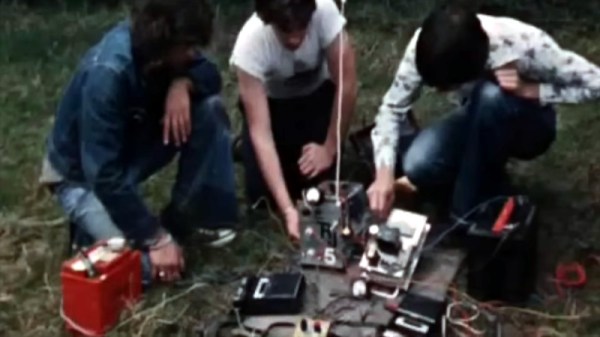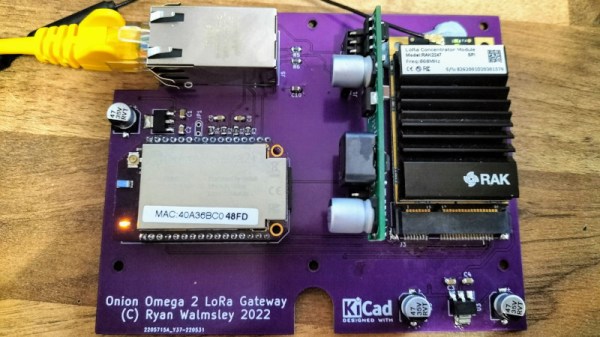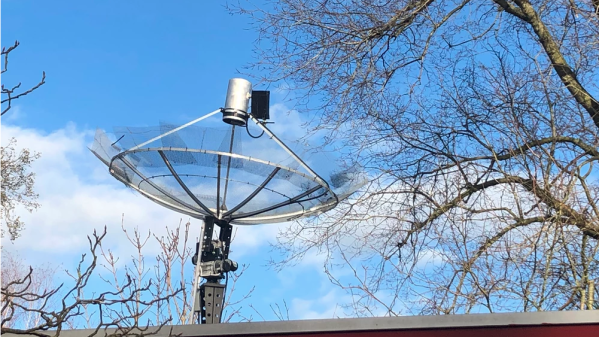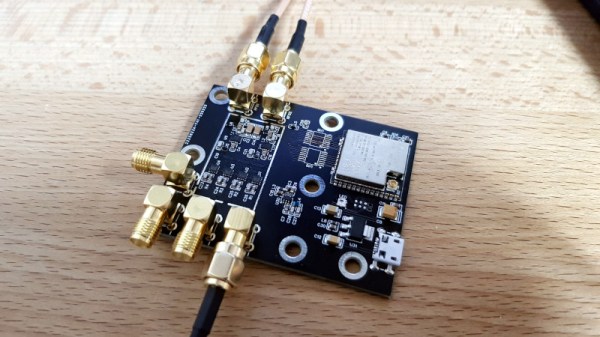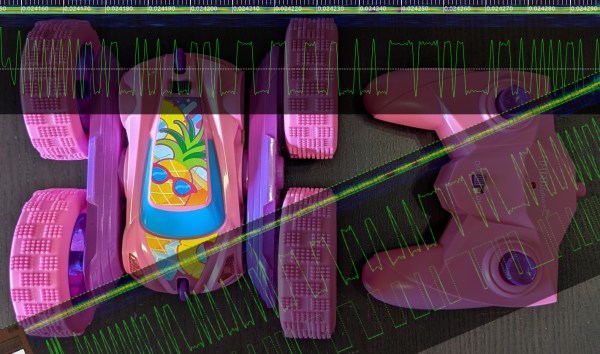We always enjoy [The History Guy] videos, although many of them aren’t much about technology. However, when he does cover tech topics, he does it well and his recent video on how ham radio operators assisted in operation Deep Freeze is a great example. You can watch the video, below.
The backdrop is the International Geophysical Year (IGY) where many nations cooperated to learn more about the Earth. In particular, from 1957 to 1958 there was a push to learn more about the last unexplored corner of our planet: Antarctica. Several of the permanent bases on the icy continent today were started during the IGY.
It’s hard for modern audiences to appreciate what the state of personal communication was in 1957. There were no cell phones and if you are thinking about satellites, don’t forget that Sputnik didn’t launch until late 1957, so that wasn’t going to happen, either.
Operation Deep Freeze had ten U. S. Navy vessels that brought scientists, planes, and Seabees (slang for members of the Naval Construction Batallion) — about 1,800 people in all over several years culminating in the IGY. Of course, the Navy had radio capabilities, but it wasn’t like the Navy to let you just call home to chat. Not to mention, a little more than 100 people were left for each winter and the Navy ships went home. That’s where ham radio operators came in.
Hams would do what is called a phone patch for the people stationed in Antarctica. Some hams also send radiograms to and from the crew’s families. One teen named Jules was especially dedicated to making connections to Antarctica. We can’t verify it, but one commenter says that Jules was so instrumental in connecting his father in Antarctica to his fiancee that when his parents married, Jules was their best man.
Jules and his brother dedicated themselves to keeping a morale pipeline from New Jersey to the frozen stations. He figures prominently in recollections of many of the written accounts from people who wintered at the nascent bases. Apparently, many of the men even traveled to New Jersey later to visit Jules. What happened to him? Watch the end of the video and you’ll find out.
While being a ham today doesn’t offer this kind of excitement, hams still contribute to science. Want to get in on the action? [Dan Maloney] can tell you how to get started on the cheap.
Continue reading “When Hams Helped Polar Researchers Come In From The Cold” →

